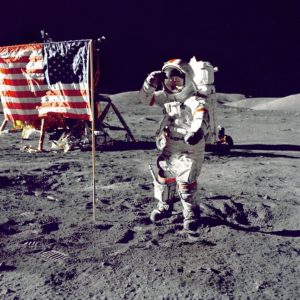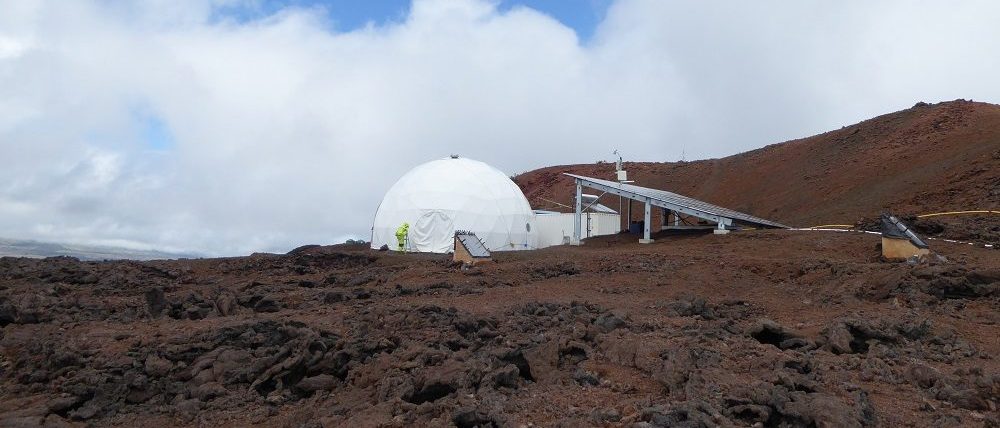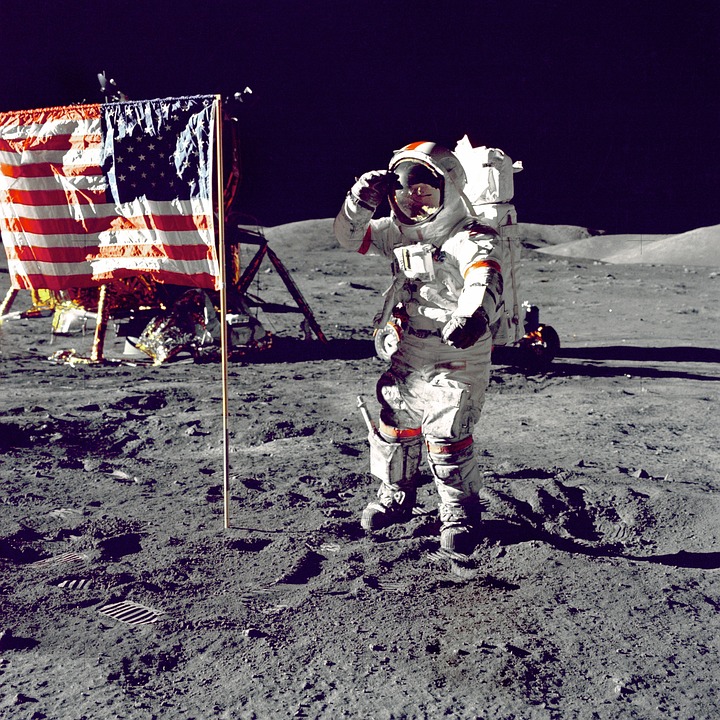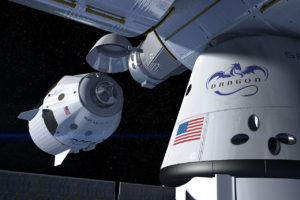 Everyone in the business knew it was en route, though I’m not sure we were prepared for it to arrive quite so soon.
Everyone in the business knew it was en route, though I’m not sure we were prepared for it to arrive quite so soon.
In fact, technically we’re not prepared, as the bill going before congress tomorrow (3/7/2017) requires us to be1, to begin flying our own astronauts to the International Space Station. At the moment, there are zero US commercial space enterprises standing by to fly human crews. Payloads, yes – absolutely. Space X hasn’t lost a rocket in more than a year. Orbital hasn’t lost a payload since April 2015. In fact, the last payload lost on the way to the ISS was a Russian launch in December.2 But people…we haven’t tried to fly people to space in our own new vehicles yet. Not as a test. Not as an exercise. Not ever.
It’s a bit daunting when you think about it. When was the last time we test-drove a whole new space vehicle with people on board?
A: April 12, 1981. That’s a lifetime away for me. In fact, it’s a lifetime away or more for 20% of the country’s population. 70 million of us don’t remember that April launch commanded by John Young, piloted by Bob Crippen, taking off into the cool blue dawn twenty years to the day after Yuri’s Gagarin first flight.
In 1981, we were making a statement, marking our renewed dominance in space. More than 25 years later, we’re going back to launching ourselves into space. Astronauts have begun putting themselves through their paces, becoming experiments in the Dragon control module. Meanwhile, our elected representatives will vote on a bill to support the ISS through 2024, to care for astronauts3 with flight-related health issues for the duration of their lives, and to directly channel political will, if not funds, into a new era of American space enterprise.
It sounds good, if somewhat strange to say it: our days flying in Soyuz are really and truly numbered. By (soon-to-be) official decree, crewed Dragons are coming to a space station near you.
All images are courtesy of Wikimedia Commons Copyright secured by Digiprove © 2020
Copyright secured by Digiprove © 2020



